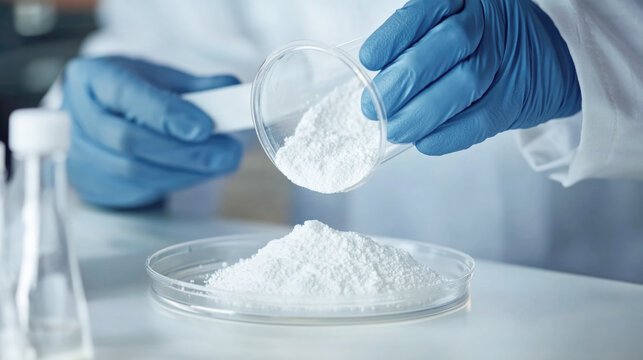Fine Industrial Minerals

When it comes to industrial minerals, size matters — especially when they’re processed into fine particles . Fine industrial minerals play a critical role in modern manufacturing and high-tech industries due to their enhanced surface area, purity, and functional properties.
But what exactly are fine industrial minerals , and why are they so important? Let’s explore.
What Are Fine Industrial Minerals?
Fine industrial minerals refer to non-metallic minerals that have been processed to a very small particle size , often below 45 microns . These minerals are selected for their chemical stability, purity, and physical characteristics .
Common examples include:
- Kaolin (China Clay)
- Talc
- Calcium Carbonate
- Silica (Quartz or Diatomaceous Earth)
- Feldspar
These minerals are milled, micronized, or classified to meet the specific requirements of various industries.
Why Are Fine Particles Important?

Processing minerals to a fine particle size enhances their performance in several ways:
- Improved surface coverage in coatings and paints
- Better flowability in plastics and polymers
- Increased reactivity in chemical processes
- Enhanced optical properties in paper and cosmetics
- Greater consistency in ceramic and glass production
This makes fine industrial minerals essential in high-precision applications such as semiconductors, medical devices, and cosmetic formulations .
Key Applications of Fine Industrial Minerals
Here’s how fine industrial minerals are used across key industries:
1. Cosmetics and Personal Care
Fine talc and kaolin are used in powders, creams, and masks for their absorbent, smooth, and non-irritating properties .
2. Electronics
High-purity silica and feldspar are used in the production of ceramic substrates, capacitors, and semiconductors .
3. Pharmaceuticals
Calcium carbonate and kaolin are used as fillers, binders, and anti-caking agents in tablets and capsules.
4. Paper Industry
Micronized kaolin is a key coating pigment that improves brightness, smoothness, and printability of high-quality paper.
5. Plastics and Rubber
Fine calcium carbonate and talc are added to improve strength, thermal resistance, and dimensional stability .

Frequently Asked Questions (FAQs)
1. What is the difference between fine and coarse industrial minerals?
Fine industrial minerals are processed to very small particle sizes (often below 45 microns) to enhance performance in precision applications.
2. How are industrial minerals made into fine powders?
They are processed using advanced milling techniques like jet milling, ball milling, and air classification .
3. Which industries rely most on fine industrial minerals?
The cosmetics, electronics, pharmaceutical, and paper industries are among the top users of fine industrial minerals.

